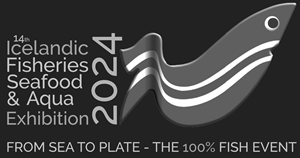Demersal landings were up over the last quota year by 24,000 tonnes bringing the total demersal catch to 488,000 tonnes. The overall catch came to 1,047,000 tonnes, according to the figures made available by the Directorate of Fisheries.
The 2015-16 cod allocation of 235,000 tonnes was added to with 8,531 tonnes landed from the coastal fishery and 3,328 tonnes from the longline top-up scheme. Other cod catches, including research and catches by foreign vessels brought the total up still further to 252,000 tonnes, exceeding the allowable catch by a considerable margin.
Haddock was up 2,600 tonnes and golden redfish catches increased by 6,700 tonnes, while the Barents Sea cod fishery by the Icelandic fleet was down 1,300 tonnes.
Landings of langoustine jumped by 8% and shrimp by 7%, along with a significant increase in landings of other shellfish and crustaceans which were up by a significant 107% over 2014-15 to 4,314 tonnes, mainly due to catches of sea cucumber more than doubling compared to the previous year to 2,908 tonnes.
The overall catch figure of 1.047,000 tonnes represents a 22% reduction over the previous quota year's landings, primarily due to smaller catches by the pelagic sector, which is down 330,000 tonnes over the previous year. This is attributable mainly to the 253,000 drop in capelin, which can vary significantly from one year to the next. There were also reductions for Atlanto-Scandian herring, down 25,000 tonnes, for Icelandic summer-spawning herring which fell by 23,000 tonnes and in the mackerel fishery that was down by 17,000 tonnes on the year before.







